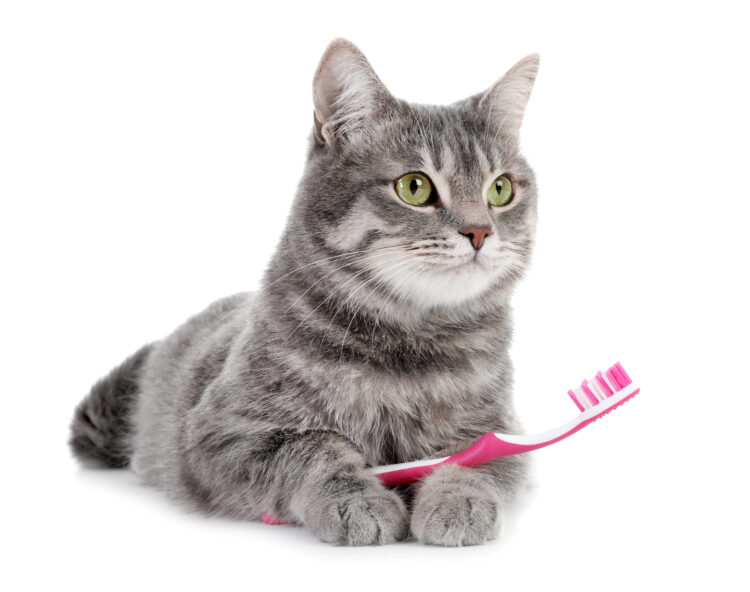
Guest post by Andrea Tasi, VMD
Introduction from Ingrid:
Having your cat go under anesthesia is probably one of the most stressful events cat parents have to deal with. I’ve been lucky with Allegra. She only had to have two major dental procedures over the course of 13 years which may be in large part due to daily supplementation with 1TDC, which visibly reduced her gingivitis. You can read about Allegra’s experience with her dental procedures here and here.) Still, each time she had to go to the dentist, was a nervous wreck, even though I knew she was in the best possible hands with Dr. Buelow at Animal Dentistry and Oral Surgery in Leesburg, VA. To ease cat parents’ minds as much as possible, it’s critical that anesthesia is only performed by an experienced veterinarian who adheres to the highest standards of care.
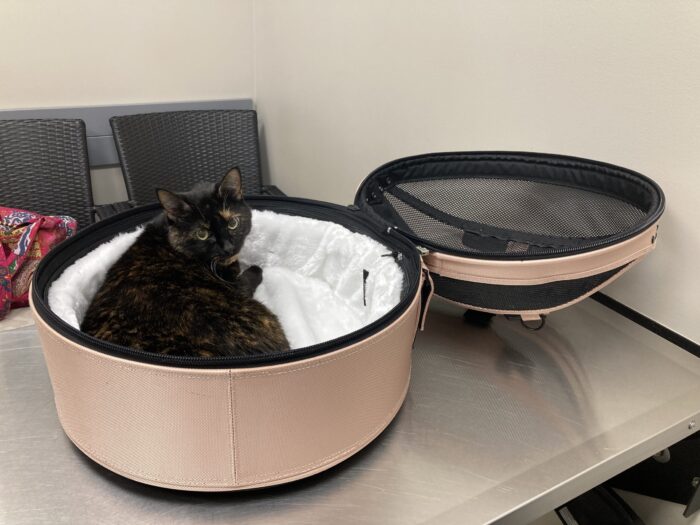
Andrea Tasi, VMD owns and operates Just Cats, Naturally, a housecall based, feline-exclusive practice dedicated to the holistic, individualized approach to each cat. Whenever one of Dr. Tasi’s feline clients needs any kind of dental work, even just a routine cleaning, she makes sure that her clients ask these questions before scheduling a procedure.
1. Is the veterinarian who will perform the procedure experienced in cat dentistry, including anesthesia, dental extractions, and dental x-rays?
Obviously, the more experience the doctor has, the more likely that s/he has better dentistry skills. Cats are NOT small dogs!!
2. What pre-dental lab work, if any, is required in a younger cat?
For cats under 7 years of age, a CBC (complete blood count) and “mini” serum chemistry is a reasonable data base. FeLV/FIV testing, if status is unknown or if the cat goes outside, may also be required.
3. What lab work is required in older cats?
I strongly suggest, and most veterinarians agree, with running more complete screening on older cats, especially those over 10-12 years of age. I suggest a CBC, serum chemistry panel, T4 (thyroid level), and a urinalysis. I do not use or recommend a type of test called a “Free T4” as it has very little diagnostic value in most cats, although some clinicians feel otherwise. FeLV/FIV testing, if status is unknown, or if the cat goes outside, may also be required.
4. Does the clinic have the ability to take dental radiographs (x-rays)?
I am convinced that the availability of dental x-rays is an important component of high quality dental work in cats. Cats frequently develop a type of tooth decay called “tooth resorptive disease of felines” (TRDF) that often begins below the gumline. The cause of these lesions is not completely understood. Without x-rays these can be missed, resulting in leaving teeth in the mouth that will often “go bad” very soon and require another procedure to extract. One cannot fill these cavity-like lesions; once they have advanced to a certain stage the tooth needs to be extracted. X-rays also help to document whether an extraction is complete or not: leaving fragments behind may sometimes (but not always) cause problems. If any of the canine (fang) teeth need extracting, it is especially important that no root be left behind. Lastly, dental x-rays are useful to evaluate structural integrity of the jawbones, especially important to rule out cancers and prevent injury (breakage) of the jaw during extractions.
5. What type of dental equipment does the clinic have?
“High speed” dental equipment is essential for dental work that involves extractions.
6. What type of anesthesia will be used?
The safest anesthetic protocols involve “induction” (getting the patient “to sleep” initially) with some injectable form of anesthetic drug(s) and then “maintenance” with an inhaled gas form of anesthesia, typically isoflorane. Some veterinarians routinely “gas down” cats, in other words administer only gas anesthesia, via a mask or chamber, as they feel it is “safer”. I strongly object to doing this, as it is very stressful for the cat and, more importantly, gas anesthesia is much more likely to cause low blood pressure than correct use of injectable induction drugs. I suggest avoiding the following anesthetic drugs whenever possible, as safer alternatives are available: xylazine, domitor, telazol. I am also not so fond of ketamine, but if used in low doses in an appropriate combination with other drugs it can be used safely.
7. Will my cat be intubated during the procedure?
Placement of a properly sized endotracheal tube is essential for protecting the cat’s airway and lungs from aspiration and for delivery of anesthetic gas.
8. How will my cat be kept warm during and after the procedure?
Small animals lose body heat quickly, especially under anesthesia. Cats should be kept warm by circulating warm water or warm air beds, NEVER BY ELECTRIC HEATING PADS WHICH CAN CAUSE SEVERE BURNS. The cat should also be protected from getting wet during the dental procedure by some sort of water-resistant covering.
9. How will the cat be monitored during anesthesia and who will be doing the monitoring?
The key to minimizing risks during general anesthesia is careful monitoring of the patient. The veterinarian should work with a veterinary technician experienced in monitoring patients under anesthesia. MONITORING BLOOD PRESSURE (preferably with an instrument called a Doppler) IS ABSOLUTELY ESSENTIAL. There is no way I would ever anesthetize any of my own cats without monitoring their blood pressure accurately, and there is no way to assess blood pressure without a blood pressure monitor. If blood pressure drops below 60mm Hg, blood flow to the kidneys is compromised and can cause death of kidney cells. The cat may “wake up” and “look fine” but will have permanent damage to the most age-sensitive part of their body. In addition to monitoring blood pressure, it is also important to monitor body temperature, heart rate and rhythm, and ideally blood oxygen levels (pulse oximetry and/ or capnography).
10. Will my cat have an intravenous catheter placed?
Any cat under anesthesia should have an IV catheter in place to administer IV fluids or any drugs necessary should there be a drop in blood pressure or other problem. If there is no IV catheter in place, valuable time will be lost trying to “find a vein” to give an injection if an emergency arises. The cat should receive IV fluids during the procedure.
11. If my cat needs extractions, or anything else that may cause pain, what type of pain management will be used?
There have been great advances in veterinary pain management in recent years; however, I think some pain drugs are potentially dangerous to cats, especially older cats. I suggest avoiding all NSAID’s (non-steroidal-anti-inflammatory drugs) in cats over 7-8 years of age, because of the potential for kidney damage. If NSAID drugs are used, they should not be administered while the cat is under anesthesia as this increases the risk of kidney damage. Buprenorphine (Buprenex) is my favorite pain drug for cats. Local anesthetic injected into the areas of extractions (before the extraction is performed) is very helpful in minimizing pain on recovery from anesthesia.
12. How long will my cat have to stay at the clinic after the procedure?
Cats become stressed away from home, so every effort should be made to minimize time in the clinic, but not to the degree that patient safety is compromised. Once a cat is up and awake from anesthesia (coordinated enough to move about without falling), they should be discharged as soon as possible, unless there is some other problem that they are being monitored for.
13. What follow up care will be necessary?
Sometimes, antibiotics are prescribed after dental work, but not always. When extractions are performed it is never a bad idea to recheck the mouth in 2-3 weeks to make sure healing is complete. We cannot rely on the cats to show us if there are problems in their mouths. Home care for cats can be tough, as they do not generally “like” having their teeth brushed. With patience, some cats will tolerate home brushing.
Unless a cat is completely unable to tolerate being handled safely at the vet clinic, a cat should never be vaccinated the same day it undergoes an anesthetic procedure, such as a dental cleaning. Asking a cat’s immune system to handle the challenges of anesthesia, teeth cleaning, and immunization all at the same time is asking too much, in my opinion. Vaccination should be separated from anesthesia by at least 3 weeks.
Image Depositphotos


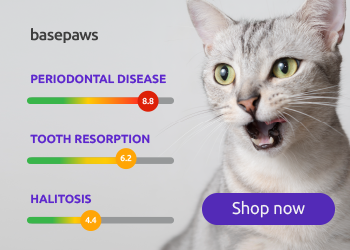


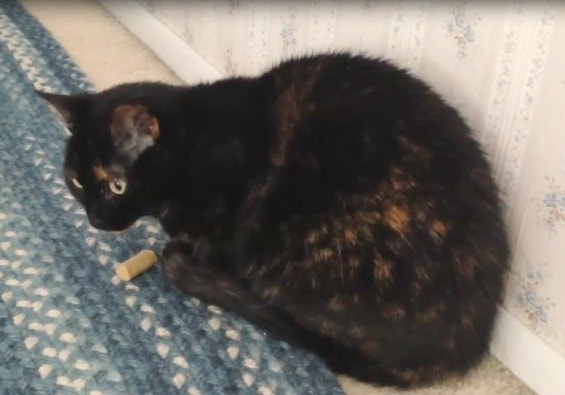
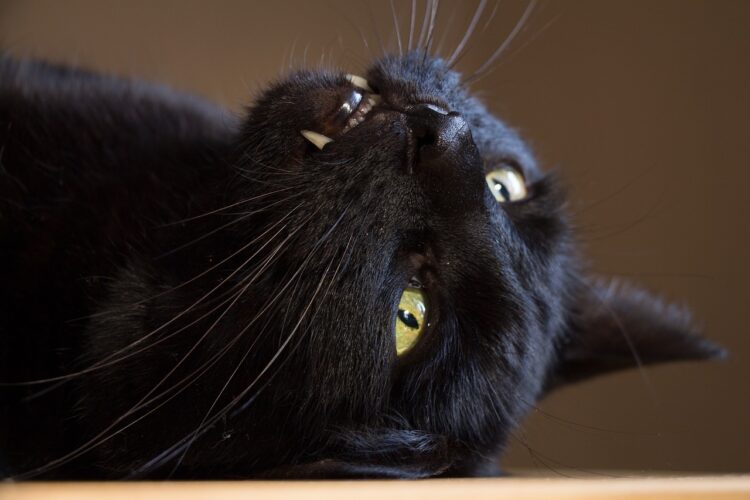
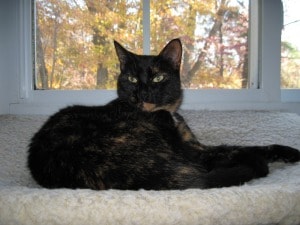
Had high hopes for 1-TDC but Bella will have nothing to do with it. An expensive lesson but worth the try I guess.
I’m sorry it didn’t work for Bella, Dave. I would suggest to occasionally try again before giving up.
Thank you Ingrid, will do.
My vet wants me to get an echocardiogram done on one of my cats before he does a dental because he heard a possible murmur. I’d like to know more about how that is effected by anesthesia. It was grade 1-2 murmur.
That’s good advice from your vet. A feline heart murmur only means that there may be a heart problem, and the loudness of the murmur does not necessarily correlate to the severity of the problem. Only an echo can tell whether there is a serious problem.
Tasha had dentistry done a few year back and had caused problems with her constipation. Had to go back a couple of times with her. Nerve wracking is an understatement. I did start her on the TDC and I try and give it to her as much as I can. Sometimes she sees me with it and will runaway under the bed. Great information.
Thank you for this information Ingrid. Every cat parent needs to know the information in this article. I know that dental health is important, but I wish I had this information years ago when I took my beloved cat, Buggy Boo in for a dental procedure. He survived the procedure, but died several hours later. I was never given a reason why his death occurred, and was only told “he had a bad reaction to the anesthesia” and “that sometimes these things happen”. Years later, I still cry when I think about it, as I’m doing now. I blame myself for his death because I made the appointment and took him in for this procedure.
That happened to me too. My cat died during the dental. We should have done more pre screening tests even though i had them do full blood workup. Three years later I am still devastated.
I still remember that, Robin. Sending hugs.
I’m so sorry for the loss of your dear cat. The pain over losing a beloved animal companion is so hard to bear. I wish I could say something to make the pain and sadness go away.
I’m so sorry about your Buggy Boo, Lynnette.
Thank you Ingrid.
Thank you for this advice.